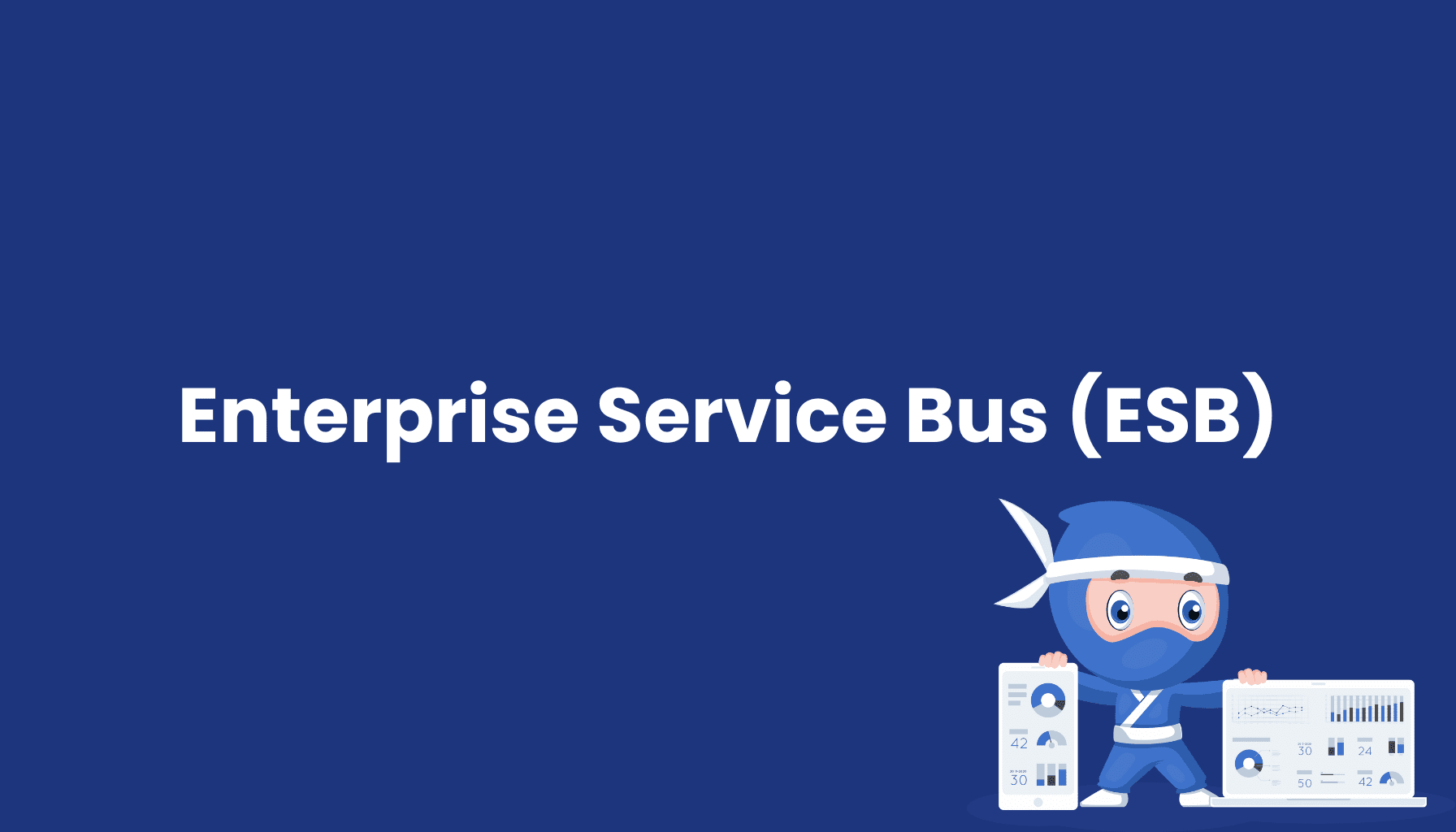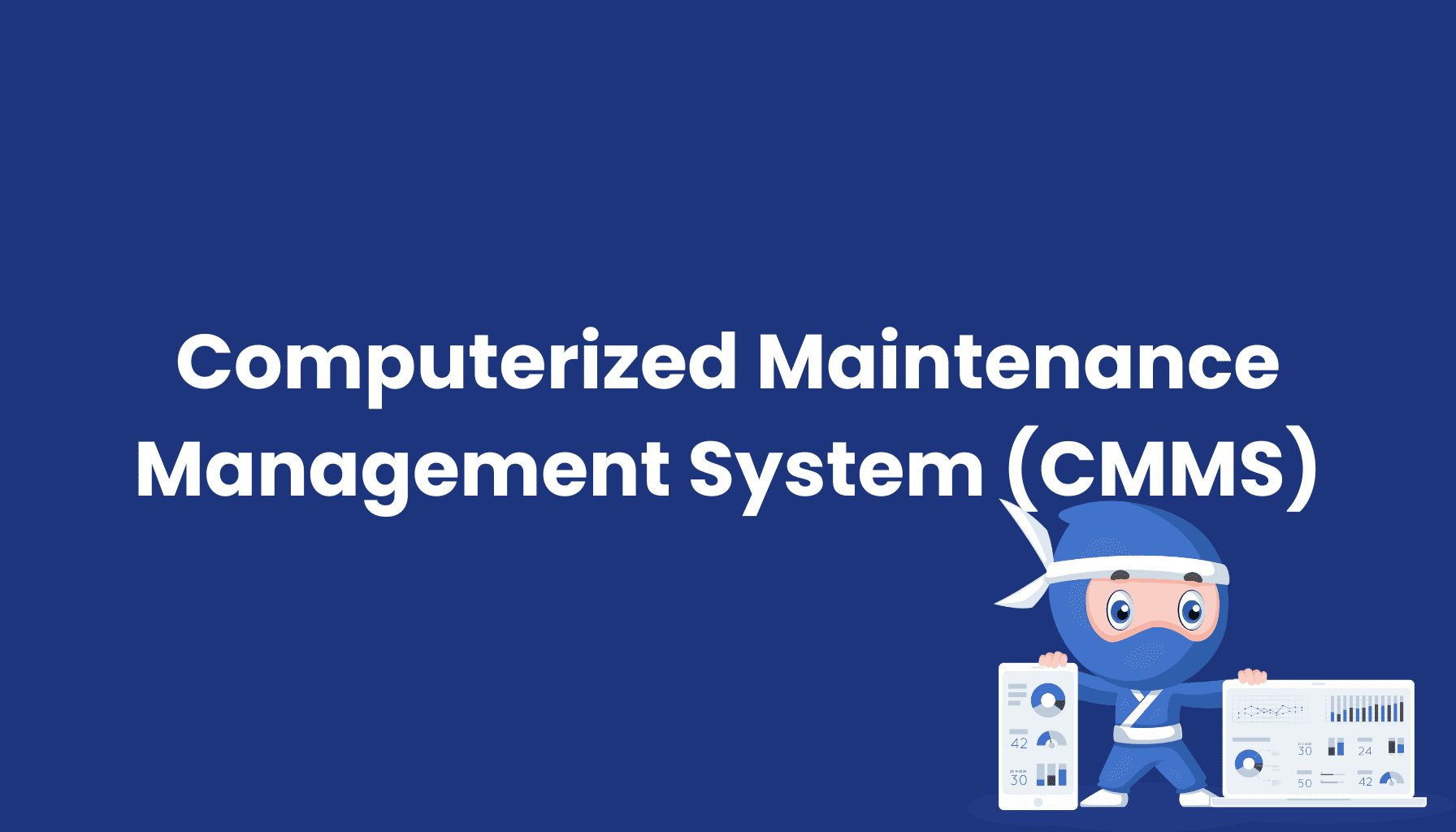Enterprise Service Bus (ESB)

What is an Enterprise Service Bus (ESB)?
An Enterprise Service Bus (ESB) is a middleware platform that enables the integration and communication between various IT systems and applications within an enterprise. ESB creates a centralized infrastructure that facilitates data exchange and coordination of business processes, which is critical for large organizations where diverse systems need to work seamlessly together.
Key Features of ESB
-
Centralized Integration:
- ESB acts as a central platform connecting various systems and applications, simplifying the integration process and making communication more efficient.
-
Message Processing:
- ESB routes and processes messages between different applications, transforming data as needed to enable synchronization between systems with varying formats or requirements.
-
Protocol Translation:
- Supporting multiple communication protocols (e.g., HTTP, FTP, JMS), ESB translates these protocols to facilitate communication between applications.
-
Orchestration:
- ESB enables the orchestration of complex business processes, coordinating different applications that need to work together to meet business objectives.
-
Scalability and Flexibility:
- ESB systems are flexible and scalable, allowing enterprises to easily expand and adapt their IT infrastructure to meet changing business needs.
Benefits of ESB
-
Reduced Complexity:
- ESB simplifies the IT landscape by eliminating the need for point-to-point connections, reducing integration complexity through a centralized platform.
-
Increased Efficiency:
- By automating and optimizing business processes, ESB enhances efficiency, reducing the time required for data exchange and improving information flow.
-
Flexibility and Adaptability:
- ESB allows businesses to quickly respond to changing requirements as it can be easily adapted to new applications and processes.
-
Cost Reduction:
- ESB helps lower integration costs by reusing interfaces and services, eliminating the need for custom point-to-point integrations.
ESB in SOA Architectures
ESB is often used in Service-Oriented Architecture (SOA) environments. Within an SOA, ESB acts as a mediator that exchanges and orchestrates data and services between different applications and systems. This fosters a flexible and scalable IT infrastructure that allows businesses to quickly deploy new services and efficiently manage existing systems.





